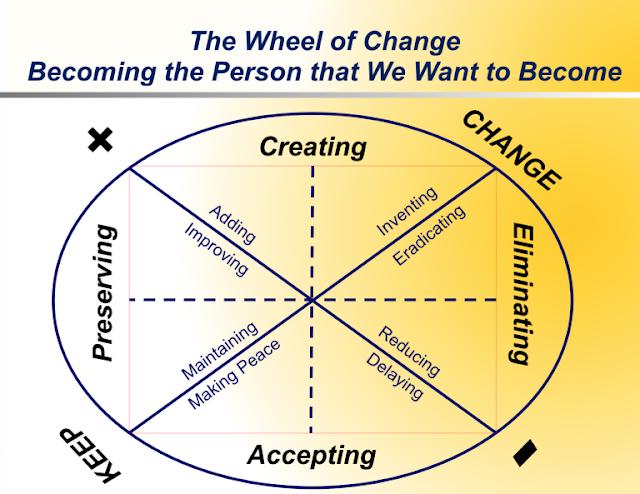Эми Вилкинсон
Преподаватель менеджмента в Стэнфордской школе бизнеса, автор книги «Код создателя: 6 необходимых навыков особенных предпринимателей» (The Creator’s Code: The Six Essential Skills of Extraordinary Entrepreneurs)
Пять лет назад Эми была приглашена на вечеринку по поводу празднования дня рождения в Нью-Йорке. Среди приглашенных гостей было нескольких известных предпринимателей, в том числе основатели Google, eBay и Gilt Group. Общение с этими людьми положило начало исследованию, в ходе которого Вилкинсон попыталась выяснить, почему некоторые предприниматели добились столь впечатляющего успеха. Занимаясь этим проектом, она взяла интервью у двухсот известных предпринимателей, включая основателей LinkedIn, Spanx и Airbnb. В результате исследования были выявлены шесть навыков, присущих наиболее успешным предпринимателям. Эми говорит, что предприниматели – это творцы, которые не рождаются с умением строить компании. Зато они умеют кое-что другое:
1. Находить ниши
Стив Элис хотел создать мексиканский ресторан быстрого питания, но вместе с тем это заведение должно было стать полной противоположностью обычного фастфуда: еда должна была готовиться на заказ из высококачественных ингредиентов. В 1993 году Стив основан ресторан Chipotle. Тем самым Элис создал целую нишу – fast casual – что-то среднее между рестораном и фастфудом: еда качественнее и дороже, а атмосфера комфортнее, чем в заведениях быстрого питания. При этом средний чек ниже чем в ресторанах. Первый навык успешного предпринимателя — это способность выявлять неудовлетворенные потребности, которые другие не замечают, и умело находить инновационные решения, чтобы заполнить свободную нишу.
2. Смотреть в будущее
Предприниматель подобен гонщику на трассе: обгоняя своего соперника, он продолжает удерживать взгляд на горизонте. Успешный предприниматель фокусируется на будущем, не заботясь о том, где он сейчас находится по отношению к конкурентам. Хамди Улюкайя, основатель компании по производству йогуртов Chobani, смог превратить завод с нулевым доходом в компанию с оборотом в $1 млрд всего за 5 лет — благодаря тому, что принимал решения с прицелом на будущее. Это включало в себя покупку и переоборудование остановленного предприятия, при том что у Хамди в кармане было всего лишь несколько тысяч долларов. А сегодня доля Chobani на американском рынке приближается к 50%.
3. Быстро ориентироваться и принимать решения
Во времена корейской войны полковник Джон Бойд, пилот-истребитель американских ВВС, разработал схему для быстрого принятия решений: наблюдай, ориентируйся, решай, действуй (observe, orient, decide, act, OODA). Эта схема может быть очень полезной и для предпринимателей, считает Вилкинсон: «Такой подход позволяет постоянно актуализировать свои предположения и быстро двигаться от принятия одного решения к другому». Дэвид Сакс, первый исполнительный директор PayPal рассказал в своем интервью Эми, что команда PayPal внимательно следила за маркетинговыми приемами и новым функционалом конкурирующих сервисов и старалась быстро их скопировать. Например, когда Dotbank.com начал давать бонус в размере $10 тем, кто приведет новых клиентов, PayPal уже через неделю запустил похожую акцию, но удвоил ставки: бонус получал не только рекомендатель, но и новый клиент.
4. Учиться на ошибках
«Среди основателей стартапов распространен культ поклонения успешным предпринимателям, — говорит Вилкинсон, — Однако ни один из успешных предпринимателей не избежал фиаско. Каждый, с кем я встречалась, говорил о своих неудачах».
Успешные предприниматели понимают, что во избежание катастрофических ошибок нужно сделать серию небольших ошибок. Они проверяют идеи в среде с низким уровнем риска, чтобы определить, «выстрелит» ли идея, и что в ней нужно изменить. Некоторые идеи срабатывают, некоторые нет, но в любом случае, создатели стартапов становятся умнее и устойчивее, считает Вилкинсон.
5. Использовать нетворкинг
Предпринимательский успех, по словам Вилкинсон, требует решения многогранных проблем, а для этого требуется привлечение абсолютно разных людей. В итоге решения проблем находятся коллективным разумом, путем объединения идей.
6. Бескорыстно помогать
Это может быть что угодно: вы можете переслать резюме, написать несколько строчек кода, высказать объективную критику, и обязательно будете вознаграждены. Вилкинсон утверждает, что предприниматели, которые строят позитивные отношения и используют каждую возможность помочь коллегам и партнерам, в итоге получают огромное преимущество: «Такой позитивный эффект в награду за помощь стал неожиданностью для меня. Эффект многократно усиливается потому, что в наше время информация распространяется молниеносно, в особенности благодаря соцсетям – все, что может повлиять на нашу репутацию, становится общеизвестным».


















